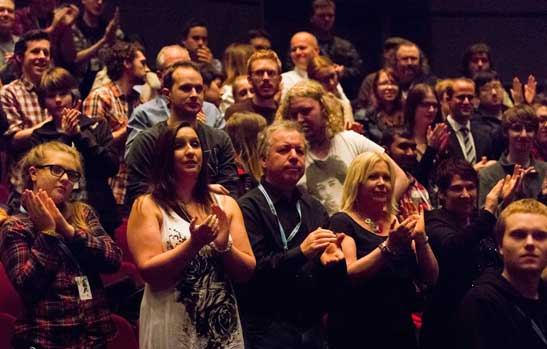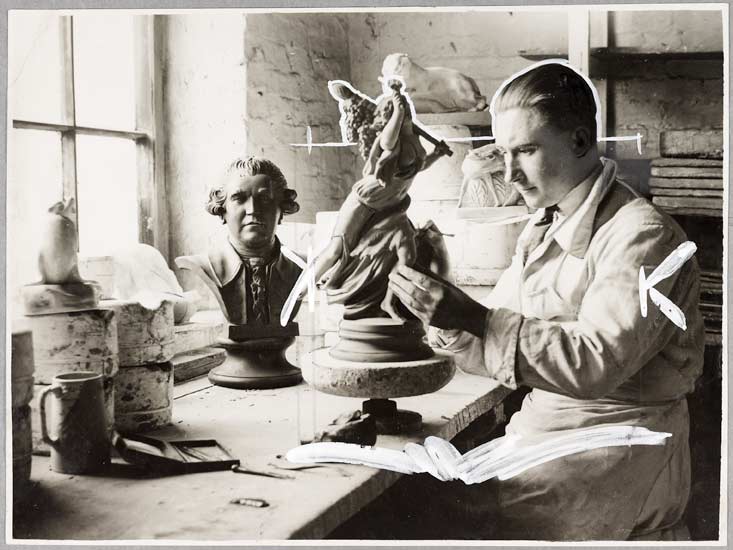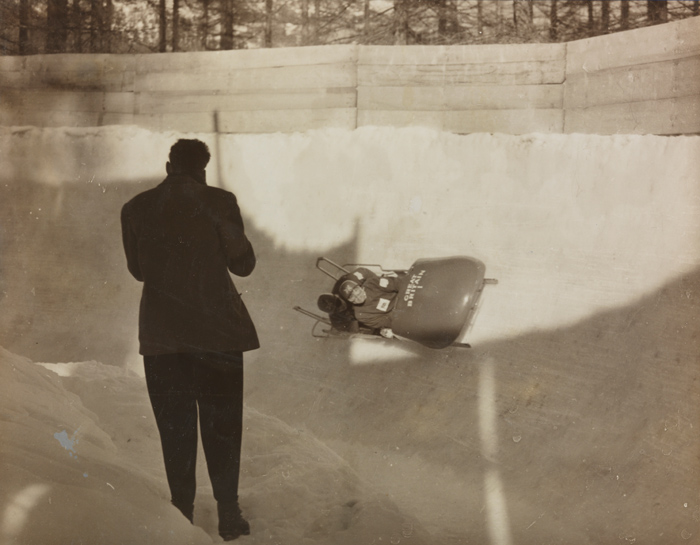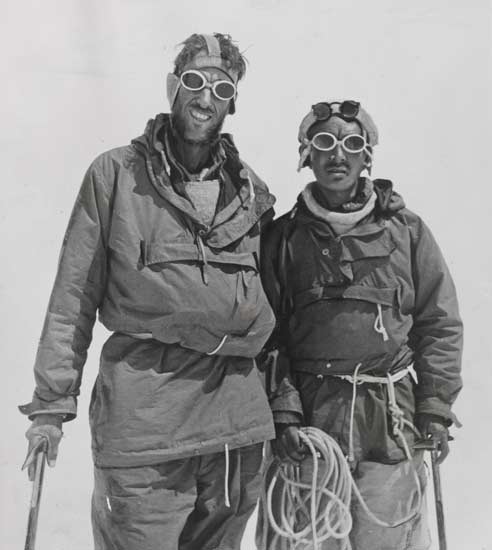
More than 100 years after they were taken, these images of a teenage girl at Lulworth Cove have taken Twitter and Instagram by storm.
At the National Science and Media Museum, in the heart of Bradford, we explore the science and culture of light and sound technologies and their impact on our lives. We aim to inspire the scientists and engineers of the future to see more, hear more, think more and do more.

More than 100 years after they were taken, these images of a teenage girl at Lulworth Cove have taken Twitter and Instagram by storm.

The Prime Minister defiant, cigar clenched between his teeth, fingers raised in a victory salute: this iconic image is what many people call to mind when they hear the name ‘Winston Churchill’.

So that’s it folks, Bradford Animation Festival 2014 is now over—and what a week it was! Here’s the complete run-down of all our award-winning filmmakers.

This year’s BAF sees women in animation and gaming as a central theme. We delved into the research to find out if expectations had changed for modern female characters.

Selections from our photography collection illustrate the public spectacle (and some behind-the-scenes details) of the 1948 Olympics.

On 4 August 1914 the largest global conflict the world had witnessed began. We look at the role photography played in representing the ‘War to End All Wars’.

The Pararchive project’s research in our archives revealed images illuminating the history of Stoke-on-Trent, its factories and workers over four decades.

The 2014 Winter Olympics, officially the XXII Olympic Winter Games, are taking place in Sochi, Russia.
After the sad news of Ray Harryhausen’s death, we give an update on our plans to acquire and house the Harryhausen Collection.

To celebrate Bradford City’s progress to the final of the 2013 Capital One Cup, we’ve selected photographs from our collection showing the club’s highs and lows over recent years.

These images from our collection document attempts to reach the summit of the world’s most unforgiving mountain.

A look at our collection reveals hundreds of photographs documenting protests, marches and other forms of activism across the decades.